What Are the Steps for a Skincare Routine and Why Are They Important?
Just like your morning coffee, your skincare routine can become a daily ritual that transforms both your skin and confidence. You might feel overwhelmed by the endless array of products and conflicting advice out there, but achieving healthy, glowing skin doesn’t have to be complicated. Whether you’re a skincare newbie or looking to refine your routine, this comprehensive guide will help you navigate through the imperatives and avoid common mistakes that could damage your skin. By understanding your unique skin type and following a tailored approach, you’ll be on your way to achieving that natural radiance you’ve always wanted.
Table of Contents
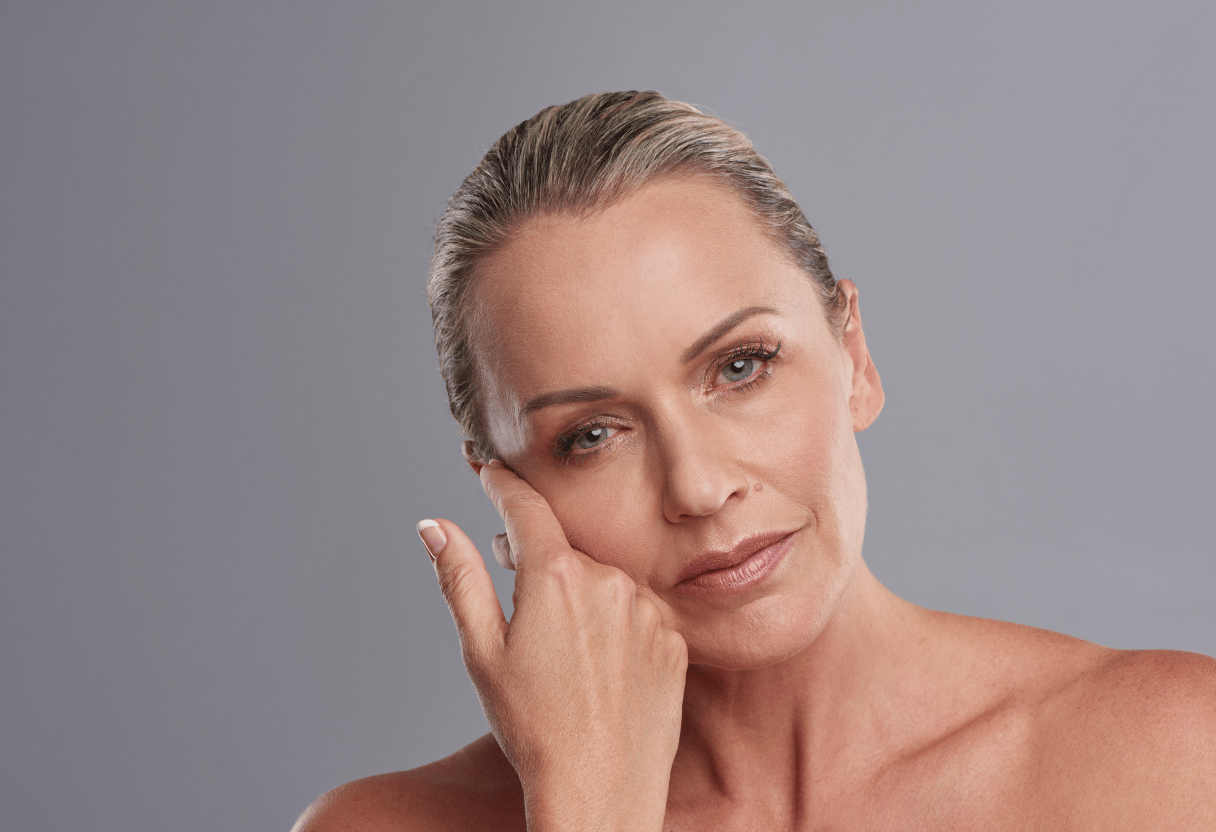
Key Takeaways: Steps for a Skincare Routine
- Identify your skin type first – whether dry, oily, combination, sensitive, or aging – to choose appropriate products for optimal results
- Follow the core routine steps: cleansing, toning, applying serums, moisturizing, and SPF protection during daytime
- Adapt your skincare routine according to seasonal changes – heavier moisturizers in winter, lighter products in summer
- Include weekly treatments like masks and gentle exfoliation for enhanced skin renewal and deeper care
- Allow 4-6 weeks for visible results when starting a new skincare routine or introducing new products
- Apply products in the correct order of consistency – thinnest to thickest – for maximum absorption and effectiveness
- Maintain different routines for morning and evening – focus on protection during day and repair at night
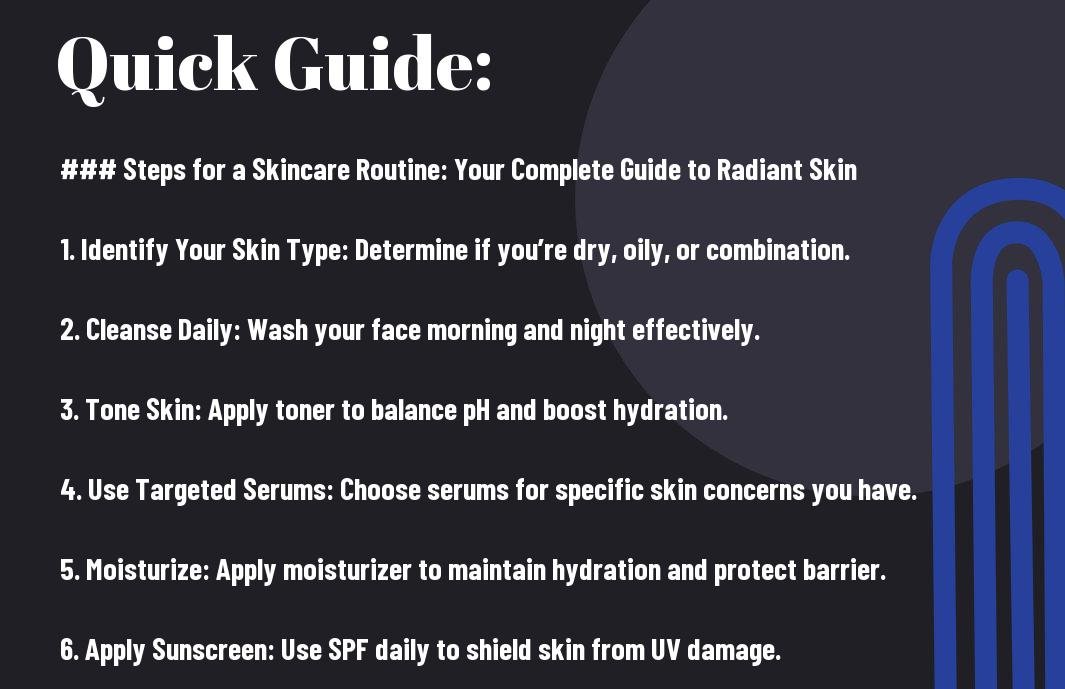
Understanding Your Skin Type: Steps for a Skincare Routine
Different Types of Skin and Their Characteristics
The foundation of an effective skincare routine begins with understanding your unique skin type. Each skin type requires specific care and products to maintain its health and radiance. Explore more about 5 Easy Ways to Identify Your Skin Type and How to Care for it.
- Dry skin: Feels tight, shows flaking, and needs extra hydration
- Oily skin: Appears shiny, prone to breakouts, and has enlarged pores
- Combination skin: Shows both oily and dry areas, typically with an oily T-zone
- Sensitive skin: Easily irritated, prone to redness and reactions
- Normal skin: Well-balanced, neither too oily nor too dry
| Skin Type | Key Characteristics |
|---|---|
| Dry | Rough texture, flaking, tight feeling |
| Oily | Excess sebum, enlarged pores, prone to acne |
| Combination | Oily T-zone, dry cheeks |
| Sensitive | Redness, irritation, burning sensation |
| Normal | Balanced, clear, even texture |
How to Determine Your Skin Type
Different methods can help you identify your skin type at home. The most reliable is the bare-faced method: cleanse your face, wait 30 minutes, and observe how your skin behaves. Learn more in Top 7 Tips for Understanding Your Skin Type.
Their reactions vary significantly: if your skin feels tight, you likely have dry skin; if it becomes shiny quickly, it’s probably oily; if you notice both conditions in different areas, you have combination skin.
Common Skin Concerns and Solutions
To address various skin issues effectively, you need to identify your specific concerns and match them with appropriate treatments. Acne, hyperpigmentation, aging, and dehydration are among the most common concerns that can affect any skin type. For solutions, check out 5 Best Ingredients to Solve Common Skin Concerns.
It’s important to note that treating skin concerns requires patience and consistency. While some treatments may show quick results, most skin improvements take 4-6 weeks to become visible. Using products with ingredients like retinol, vitamin C, or hyaluronic acid can help target specific concerns effectively.
Essential Steps in Daily Skincare: Steps for a Skincare Routine
There’s no one-size-fits-all approach to skincare, but following a consistent routine can make a significant difference in your skin’s health and appearance. Your daily skincare ritual should be tailored to your specific skin type and concerns, while incorporating fundamental steps that work together to protect and nourish your skin.

Morning Routine Breakdown
Little changes in your morning routine can yield remarkable results for your skin’s vitality. Start with a gentle cleanser to remove overnight buildup, followed by a hydrating toner to prep your skin. Apply your chosen serum while your skin is still slightly damp to maximize absorption, then seal everything with a moisturizer. Always finish with SPF protection of at least SPF 30, even on cloudy days. For detailed tips, check out 5-Step Morning Routine for Radiant Skin.
Evening Routine Breakdown
Some of the most important skincare steps happen in the evening when your skin switches to repair mode. Begin with a thorough double cleanse—first with an oil-based cleanser to remove makeup and sunscreen, then with a water-based cleanser to clean your skin. Follow with toner, treatment serums, and a richer night moisturizer.
Evening is the perfect time to apply your active ingredients like retinol or glycolic acid, as these ingredients can make your skin more sensitive to sunlight. Your skin’s regeneration rate increases by 30% during nighttime, making it ideal for using products that support cell renewal. Learn more about 7 Essential Steps for an Effective Night Skincare Routine.
Weekly Treatment Schedule
Schedule your intensive treatments thoughtfully throughout the week to avoid overwhelming your skin. Exfoliate 1-2 times per week using either physical or chemical exfoliants, and apply a nourishing mask that suits your skin type. Don’t combine multiple active treatments on the same day to prevent potential irritation.
Understanding the timing of your treatments is key to achieving optimal results. Space out your exfoliation and mask days, leaving at least 48-72 hours between intensive treatments. This approach allows your skin to maintain its protective barrier while benefiting from each treatment’s maximum effectiveness. For more guidance, explore Top 5 Weekly Treatments to Transform Your Skin.
Steps for a Skincare Routine: Product Selection Guide
To create an effective skincare routine, choosing the right products is imperative for achieving your desired results. Understanding your skin’s needs and selecting appropriate products will help you build a routine that works specifically for you.

Must-Have Products for Every Skin Type
Selection of your core skincare products should always include cleanser, moisturizer, and sunscreen. These three items form the foundation of any effective skincare routine, regardless of your skin type or concerns. Each plays a vital role in maintaining your skin’s health and protecting it from environmental damage. For more insights, explore Top 5 Essential Skincare Products for Beginners.
Optional Products for Enhanced Results
Every skincare enthusiast can benefit from adding targeted treatments to their routine. Products like serums, toners, and exfoliators can address specific skin concerns such as aging, hyperpigmentation, or texture issues.
Guide to selecting optional products should align with your skin’s specific needs. Consider factors like your age, lifestyle, and primary skin concerns when choosing additional products to incorporate into your routine. Learn more in Best Targeted Skincare Treatments to Add to Your Routine.
Understanding Product Ingredients
An imperative aspect of product selection is understanding what goes into your skincare products. Key ingredients like hyaluronic acid, vitamin C, and retinol each serve different purposes and can significantly impact your skin’s health and appearance.
Skin reactions can vary based on ingredient concentrations and combinations. Being mindful of active ingredients and how they work together will help you avoid potential irritation and maximize benefits. Check out Top 10 Ingredients to Transform Your Skincare Game for guidance on selecting the right products.
Tips for Product Layering
You should apply your skincare products in the correct order to maximize their effectiveness. Follow these guidelines:
- Start with water-based products
- Follow with oil-based products
- End with occlusive products
- Wait 1-2 minutes between layers
The proper layering technique ensures optimal absorption and effectiveness.
This systematic approach to product application helps enhance the benefits of your skincare routine:
- Apply lighter products first
- Layer serums before moisturizer
- Use SPF as your final step
- Avoid mixing certain active ingredients
The success of your skincare routine depends greatly on proper product layering. Learn more about layering in 5 Rules for Layering Your Skincare Products..
Building Your Perfect Routine: Mastering the Steps for a Skincare Routine
Despite the overwhelming variety of skincare products available today, creating an effective skincare routine doesn’t have to be complicated. Your journey to healthy, glowing skin starts with understanding the right steps and timing for your unique skin type.

Step-by-Step Morning Protocol
Perfect morning skincare sets the foundation for how your skin looks and feels throughout the day. Your AM routine should focus on protection and prevention, preparing your skin to face environmental stressors. Learn more about crafting an effective routine in Top 5 Morning Skincare Essentials You Need.
| 1. Gentle Cleanser | Remove overnight buildup |
| 2. Hydrating Toner | Balance pH levels |
| 3. Vitamin C Serum | Antioxidant protection |
| 4. Moisturizer | Lock in hydration |
| 5. SPF | Essential UV protection |
Step-by-Step Evening Protocol
One of the most important aspects of skincare happens while you sleep. Your evening routine should focus on repair and regeneration, as your skin’s renewal process peaks during nighttime. For detailed guidance, check out 7 Best Evening Skincare Steps for Maximum Repair.
| 1. Double Cleanse | Remove makeup and impurities |
| 2. Exfoliate (2-3x/week) | Remove dead skin cells |
| 3. Treatment Serum | Target specific concerns |
| 4. Night Cream | Deep hydration |
For instance, your evening skincare can be enhanced with targeted treatments based on your specific needs:
| Retinol | Anti-aging benefits |
| Peptides | Skin firming |
| Hyaluronic Acid | Deep hydration |
Seasonal Routine Adjustments
Routine adjustments are necessary as your skin’s needs change with the seasons. During winter, you might need richer moisturizers, while summer calls for lighter, non-comedogenic formulations. Learn how to adapt your regimen in 5 Seasonal Skincare Tips for Year-Round Radiance.
Morning and evening routines should be modified based on seasonal changes. In summer, you might want to increase your SPF protection and use oil-free products, while winter demands extra hydration and barrier protection to combat dry, cold air.
Factors Affecting Skin Health: Steps for a Skincare Routine
Unlike what many believe, your skin’s health isn’t solely determined by the products you use. Multiple factors work together to influence your skin’s condition, including environmental elements, lifestyle choices, and internal health factors. Though understanding these elements can help you create a more effective skincare strategy.

Environmental Influences
Health of your skin faces constant challenges from environmental factors that you encounter daily. UV radiation from sun exposure can cause premature aging and increase your risk of skin damage by up to 80%. Additionally, air pollution, varying humidity levels, and extreme temperatures can significantly impact your skin’s barrier function. Learn how to protect your skin in 5 Ways to Combat Environmental Skin Damage.
Your skin also responds to indoor environmental factors like air conditioning, heating systems, and blue light from digital devices. These elements can contribute to dehydration and oxidative stress, making your skin more susceptible to damage.
Lifestyle Impact
Influences from your daily habits play a significant role in your skin’s appearance and health. Sleep quality directly affects your skin’s repair process, with studies showing that just one night of poor sleep can increase signs of aging by 45%. Your exercise routine impacts blood circulation and oxygen delivery to skin cells. Explore Top 7 Lifestyle Tips for Glowing Skin for practical insights.
It’s worth noting that smoking and excessive alcohol consumption can accelerate skin aging and compromise your skin’s natural healing abilities. Regular exercise, on the other hand, can boost your skin’s radiance by improving blood circulation by up to 40%.
Dietary Considerations
One of the most overlooked aspects of skin health is your diet. Antioxidant-rich foods like berries and leafy greens can protect your skin from free radical damage, while omega-3 fatty acids help maintain skin barrier function. Studies show that increasing your water intake by just 2 liters per day can improve skin hydration by 25%. For detailed guidance, check out 5 Skin-Boosting Foods to Add to Your Diet.
Understanding the connection between your diet and skin health can transform your complexion from within. Including foods rich in vitamins A, C, and E in your daily meals supports collagen production and skin repair processes.
Stress Management
Factors related to stress can significantly impact your skin’s appearance and health. When you’re stressed, your body produces more cortisol, which can increase oil production and inflammation, potentially leading to breakouts and other skin issues. Regular meditation and stress-reduction techniques can lower cortisol levels by up to 30%. Learn more in 7 Stress-Relief Practices for Better Skin.
Skin responds directly to your stress levels, making stress management an crucial part of your skincare routine. Research indicates that chronic stress can delay wound healing by up to 40% and exacerbate existing skin conditions.
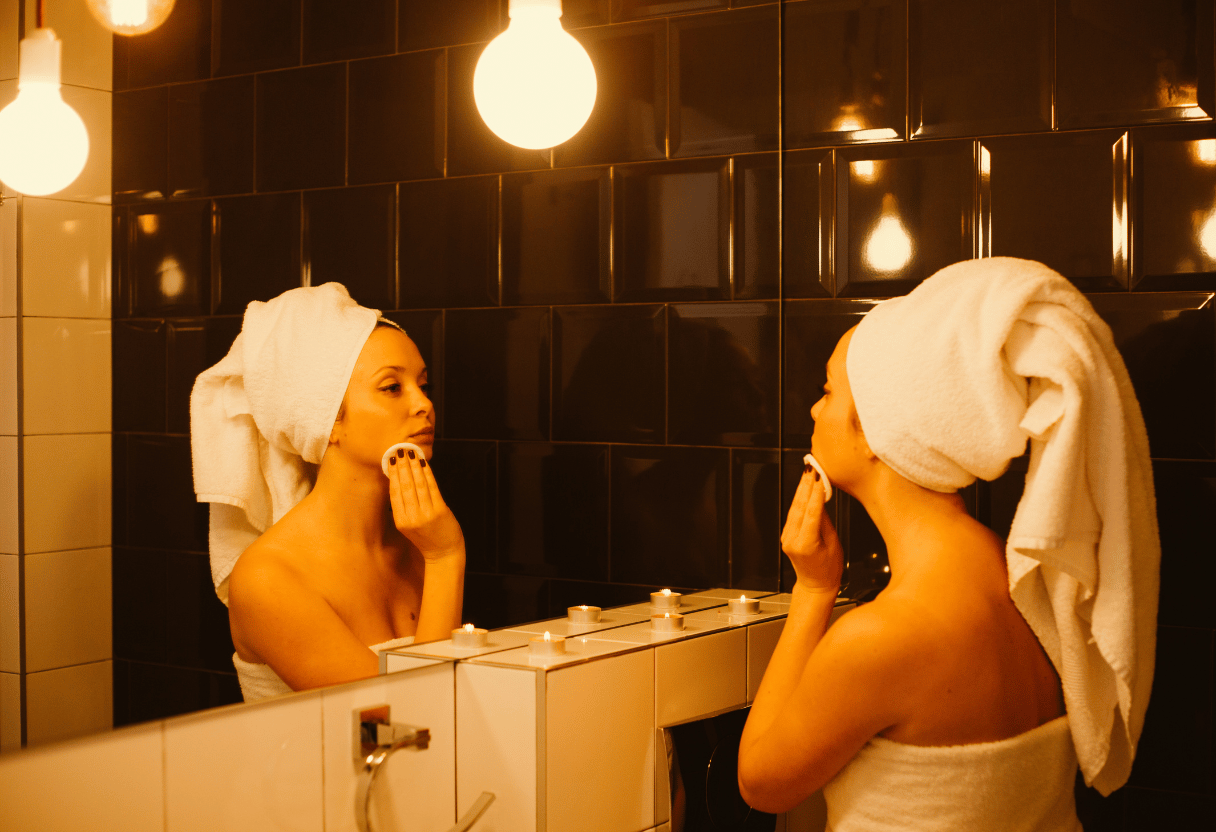
Tips and Best Practices for Mastering the Steps in Your Skincare Routine
Now that you’ve learned the basics of skincare, here are crucial tips to make your routine more effective and enjoyable:
- Always apply products from thinnest to thickest consistency
- Wait 1-2 minutes between applying active ingredients
- Use upward motions when applying products to prevent skin sagging
- Patch test new products for at least 24 hours
- Keep your skincare products in a cool, dry place
Assume that your skin needs about 4-6 weeks to show visible results from new products. For more guidance, see 7 Best Practices for Building a Skincare Routine.
Time-Saving Techniques
With busy mornings, you can streamline your routine by using multi-tasking products like tinted moisturizers with SPF. Your evening routine can be simplified by using cleansing balms that remove both makeup and impurities in one step. Explore Top 5 Multi-Tasking Skincare Products for Busy Mornings.
Budget-Friendly Options
You don’t need to spend a fortune on skincare—many drugstore brands offer effective products at affordable prices. Focus on investing in key items like serums while saving on basics like cleanser and moisturizer.
Another smart way to save money is by participating in beauty retailers’ loyalty programs, which often offer samples and points-based rewards you can use for future purchases. Check out 10 Affordable Drugstore Skincare Essentials for budget-friendly options.
Travel-Friendly Routines
With travel-sized containers and solid skincare products, you can maintain your routine while on the go. Consider using multi-purpose products and stick to the crucials: cleanser, moisturizer, and SPF.
For instance, travel-sized kit creation can be made easier by purchasing sample sizes during beauty store promotions or requesting samples of your favorite products when making regular purchases. Discover 5 Must-Have Travel-Friendly Skincare Products to simplify your packing.
Professional Treatment Integration
Budget-friendly at-home care can be enhanced with occasional professional treatments. Schedule facials every 4-6 weeks to complement your daily routine and address specific skin concerns.
This approach allows you to maintain professional results at home while receiving expert guidance on adjusting your routine based on your skin’s changing needs. Learn more about combining professional care with your routine in Top 6 Reasons to Add Facials to Your Skincare Routine.
Common Mistakes and Solutions: Steps for a Skincare Routine
Not all skincare mistakes are created equal, but identifying and correcting them can make a significant difference in your skin’s health and appearance.

Routine Pitfalls to Avoid
While establishing a skincare routine, you might fall into common traps like over-cleansing or using too many active ingredients at once. Over-cleansing can strip your skin of natural oils, leading to increased oil production and potential breakouts. Many people make the mistake of using harsh cleansers twice daily when their skin might only need a gentle wash in the morning. Discover how to avoid such mistakes with 5 Common Skincare Mistakes and How to Fix Them.
Product Combination Errors
With the vast array of skincare products available, it’s easy to make mistakes when combining different ingredients. Mixing vitamin C with retinol or using multiple exfoliating products simultaneously can irritate your skin. You might notice redness, peeling, or increased sensitivity when products clash.
Combination mishaps often occur when you’re excited to try multiple new products at once. According to skincare experts, you should introduce new products one at a time, waiting at least two weeks before adding another to your routine. Check out Top 7 Skincare Ingredients You Should Never Mix to learn more about avoiding ingredient clashes.
Timing and Application Mistakes
Product application order can make or break your skincare routine’s effectiveness. Applying products in the wrong order can prevent proper absorption and reduce their benefits. You should always move from thinnest to thickest consistency, allowing each product to absorb fully before applying the next.
For instance, if you apply your moisturizer before your serum, you’re creating a barrier that prevents the serum’s active ingredients from penetrating your skin effectively. Wait about 30-60 seconds between each product application for optimal absorption and results. Learn more in The Best Order to Apply Your Skincare Products.
Troubleshooting Guide
Application issues often have simple solutions. If you’re experiencing pilling (products balling up on your skin), you’re either using too much product or not allowing enough time between applications. The right amount for most serums is just 2-3 drops, while a pea-sized amount is sufficient for moisturizer.
Timing plays a vital role in your skincare success. If your products aren’t working as expected, consider factors like application time of day and product shelf life. Most active ingredients, like retinol, work best at night, while antioxidants provide maximum benefits during daytime use. For more troubleshooting tips, explore 7 Easy Fixes for Common Skincare Problems.

To wrap up: Steps for a Skincare Routine
With this in mind, establishing your perfect skincare routine doesn’t have to feel overwhelming. By following these foundational steps and adapting them to your unique skin needs, you’re well on your way to achieving that healthy, radiant complexion you’ve always wanted. Whether you’re just starting out or looking to refine your current routine, taking it one step at a time will help you build sustainable skincare habits that work for your lifestyle. For more detailed guidance, check out Your 5 Step Guide to a Glowing Skincare Routine.
As you continue on your skincare journey, don’t hesitate to adjust and experiment with different products and steps that align with your skin’s changing needs. Your skin is unique, and what works best for you might take some time to discover. Stay consistent with your routine, pay attention to how your skin responds, and most importantly, enjoy the process of taking care of yourself. Here’s to your journey toward healthier, more radiant skin!
FAQ: Steps for a Skincare Routine
Q: What are the 7 steps of skincare?
The 7 steps of skincare typically include:
Cleanser: Start with a gentle cleanser to remove dirt and makeup.
Exfoliator: Use 2-3 times a week to remove dead skin cells.
Toner: Rebalance your skin’s pH and prep it for the next steps.
Serum: Target specific concerns like hydration, anti-aging, or brightening.
Moisturizer: Lock in hydration and nourish your skin.
Sunscreen (AM): Protect your skin from harmful UV rays during the day.
Mask (Optional): Add a face mask weekly for an extra boost tailored to your needs.
Q: What is the correct order for a skincare routine?
The correct order for a skincare routine is:
Cleanser
Toner
Serum
Eye Cream
Moisturizer
Sunscreen (AM)
Night Cream or Treatment (PM)
This order ensures products layer effectively, maximizing their benefits.
Q: What is the 7 method skincare?
The 7-method skincare refers to the Korean “7 Skin Method,” where you apply toner in 7 light, hydrating layers to nourish and hydrate the skin deeply. It’s ideal for dry skin, leaving it plump and radiant.
Q: What are the 5 steps in a skincare routine?
The 5 essential steps in a skincare routine are:
Cleanser: Remove impurities and prepare the skin.
Toner: Balance and hydrate.
Serum: Address specific concerns.
Moisturizer: Lock in hydration.
Sunscreen (AM): Protect against UV damage.
This streamlined routine is perfect for daily skincare maintenance.
Q: How long should I wait between applying different skincare products?
A: Allow 30-60 seconds between each product application. This gives each layer time to absorb properly into your skin. For active ingredients like vitamin C or retinol, wait 2-3 minutes before applying the next product to ensure maximum effectiveness.
Q: What order should I apply my skincare products?
A: Follow the thin-to-thick rule: Start with cleansing, then apply toner, serums, eye cream, moisturizer, and finish with SPF (during daytime). This sequence ensures optimal absorption of each product and maximizes their benefits.
Q: How often should I exfoliate my skin?
A: Most skin types benefit from exfoliating 2-3 times per week. If you have sensitive skin, limit exfoliation to once weekly. Physical or chemical exfoliants help remove dead skin cells and promote cell turnover for brighter skin.
Q: Can I use the same products for morning and night routines?
A: While some products work for both routines, certain steps differ. Morning routines should focus on protection with lightweight products and SPF, while evening routines can include richer products and treatments for repair and regeneration.
Q: How do I know if a product is breaking me out?
A: Introduce new products one at a time, waiting 1-2 weeks before adding another. If you notice increased breakouts or irritation in specific areas where you apply the product, it might be causing a reaction. Document your skin’s response to identify patterns.
Q: What’s the minimum number of steps needed for an effective routine?
A: A basic effective routine requires three steps: cleanse, moisturize, and apply SPF (during day). This foundation maintains skin health and protection. Additional steps like toning and serums can enhance results but aren’t mandatory for everyone.
Q: How should I adjust my skincare routine when traveling?
A: Pack travel-sized versions of your vital products: cleanser, moisturizer, and SPF. Consider your destination’s climate – bring extra hydrating products for dry climates or lightweight options for humid areas. Travel-friendly wipes can substitute for cleanser when needed.
Q: What Are the Steps for a Skincare Routine In 2025?
The steps for a skincare routine in 2025 emphasize personalized, effective, and sustainable practices tailored to modern skincare needs. Here’s the updated routine:
Cleanser: Start with a gentle, eco-friendly cleanser to remove dirt and makeup without disrupting your skin barrier.
Toner/Essence: Choose multipurpose toners that hydrate and balance pH, often enriched with probiotics or adaptogens.
Serum: Apply serums packed with cutting-edge ingredients like peptides, niacinamide, or vitamin C to target specific skin concerns.
Moisturizer: Opt for lightweight but deeply nourishing moisturizers, often infused with ceramides or hyaluronic acid for long-lasting hydration.
Sunscreen: Use broad-spectrum SPF 50+ sunscreen with blue light protection to shield against UV rays and screen exposure.
Night Treatment (PM): Incorporate retinoids, AHAs, or BHAs to exfoliate, renew skin, and reduce signs of aging.
Custom Add-Ons: Include personalized boosters like sheet masks, facial oils, or spot treatments based on your unique skin needs.
Modern routines also focus on tech-enhanced skincare tools and sustainable packaging to align with 2025’s eco-conscious lifestyle.






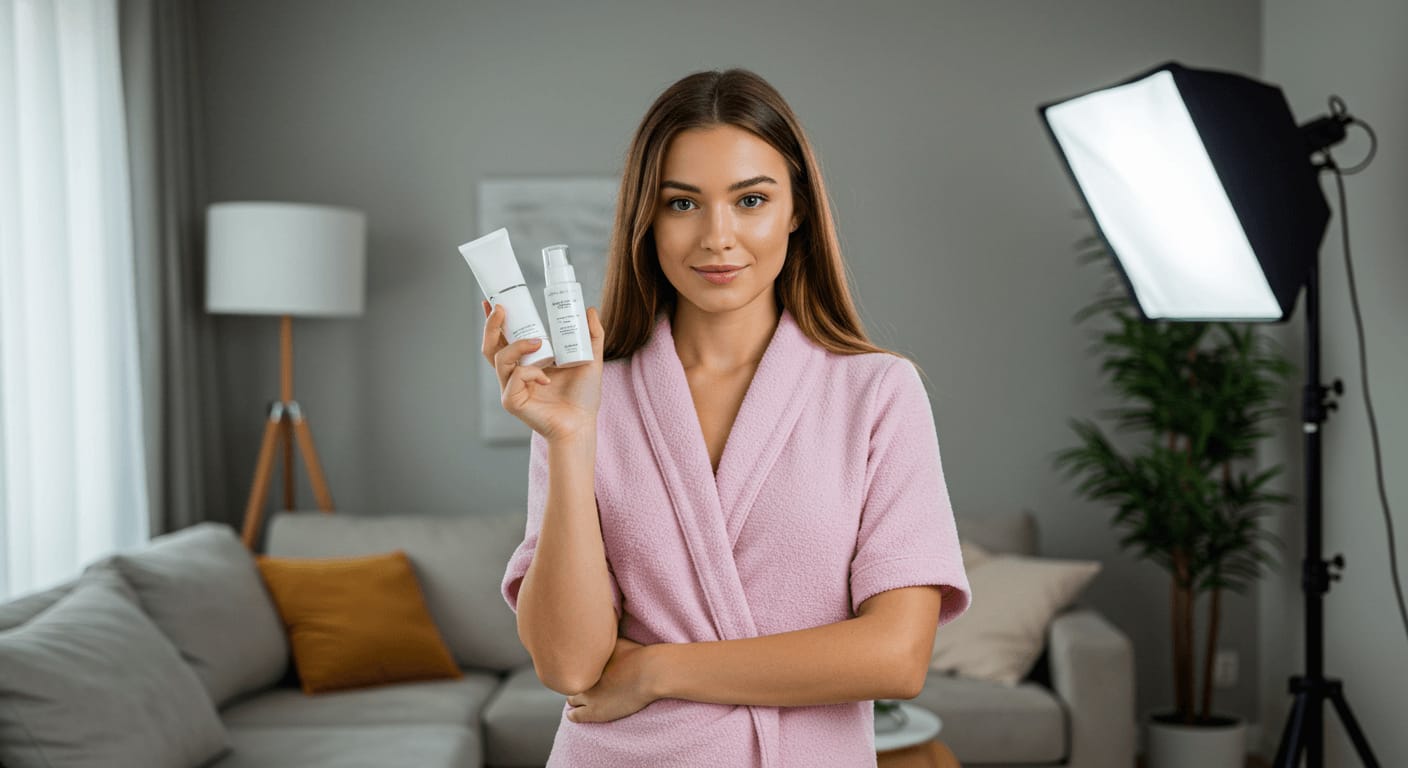




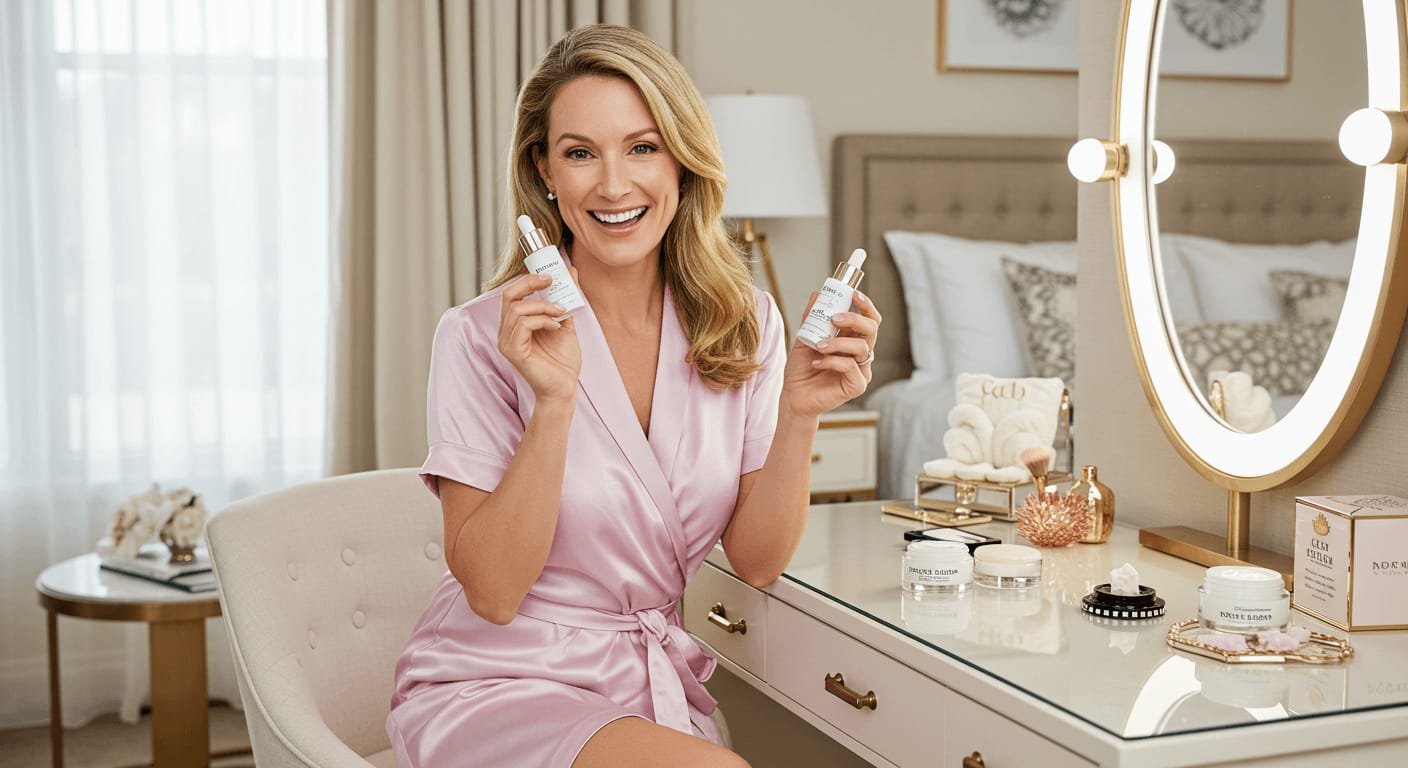












0 Comments